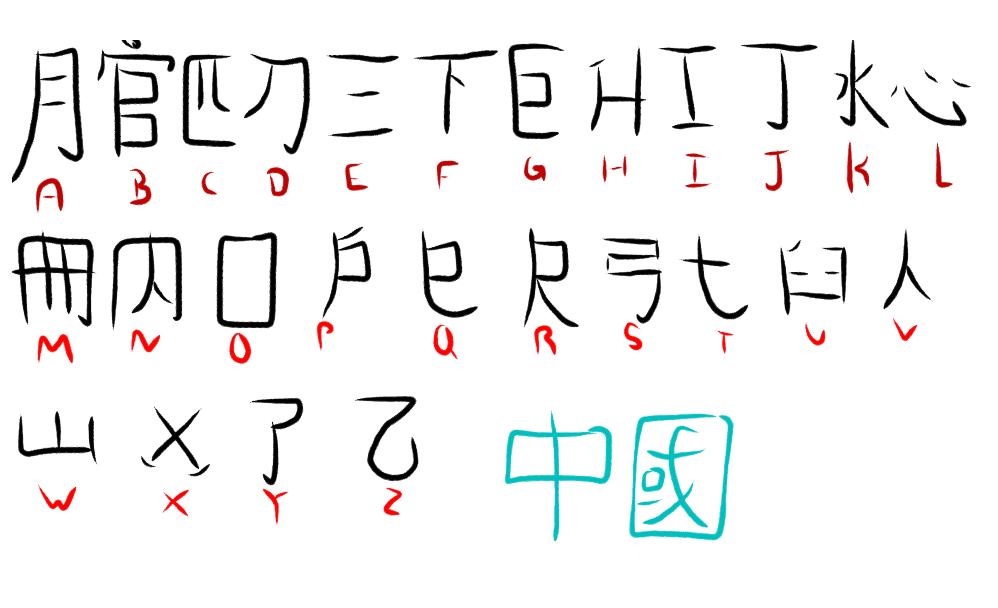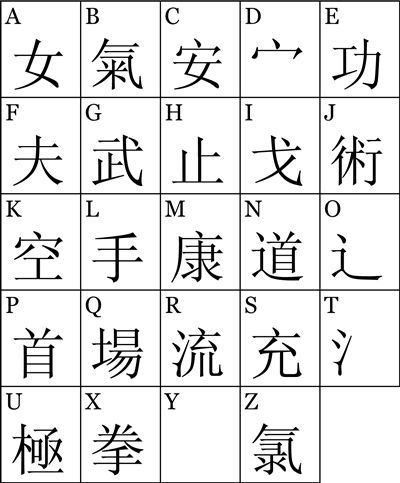


In the alphabet used by most English speakers there are 26 letters. As previously mentioned symbols or characters consist of a meaning and pronunciation. In other words English speakers write in the same way, but in the spoken form it doesn’t always sound the same.Īn alphabet is a system of characters used to write a language. What is clear from researchers is that the origin and history of English characters is what led to any standards in the language. English really started to change into its present form around 1400. Alfred the Great was the first person to use the word English to describe what the modern version evolved from.

Those found in the 7th and 8th centuries were “Old English”. We do know that the first English writings, similar to today’s, aren’t dated before the 9th century. Tracing the origin and history of English characters is as confusing as finding the roots of most languages. Written English uses the Latin alphabet and is considered a Germanic language. To make matters even more complicated, one part of the symbol refers to the meaning of a word, while another refers to pronunciation. Logographic systems are considered more difficult than alphabetic systems due to the vast number of characters and meanings that must be memorized. In any event Chinese symbols are known as logograms, meaning that each character stands for one word, or to be exact, a morpheme. At some point this alphabet came to China via Christian missionaries. Language history thousands of years ago is quite sketchy. Linguists tend to believe that the origin and history of Chinese symbols were based on the Aramaic alphabet. Today Japan and Korea still use some of the same characters, but there are enough variations that one country has trouble translating the symbols of another.

Spoken Chinese evolved into different vernaculars and dialects, but for two thousand years Classical Chinese was always used in writing. Other nations using it were Japan, Korea, and Viet Nam. Before the twentieth century, Classical Chinese was always used to write formal correspondence. Scholars claim that classical Chinese evolved from Old Chinese and has been modified even more as modern Chinese. The first use of Chinese characters is thought to be about 1500 BC. The origin and history of Chinese symbols used in writing dates back thousands of years. Certain words go out of favour, are no longer used, but may come back again later on. A term that is considered to be slang today may appear as a real word within a few short years. For example, the Oxford English Dictionary adds and deletes words frequently. Another problem with learning about the written and spoken word is that language is continually evolving. We can only guess at how they were spoken in the beginning years by looking at the written symbols, characters, and drawings. The problem is that historical records only date back so far. So as you see: What are Chinese letters? It’s hard to answer.Finding the beginnings of a language is a complicated process. These make up the following initials, finals, and whole syllables:īut are these Chinese letters? They are rather roman letters representing the pronunciation of the Chinese characters. We could say Chinese Pinyin has 26 letters: This was needed for modern typewriters (good luck trying to fit 10,000 characters on a keyboard), as well as to benefit literacy by making learning Chinese easier. Pinyin was invented in the 1950s as a way to write out the pronunciation in roman characters. For this we can look at simple examples such aas 人Rén (Person), 山Shān (Mountain), and 水Shuǐ (Water).Ĭan we consider Pinyin as Chinese letters?


 0 kommentar(er)
0 kommentar(er)
